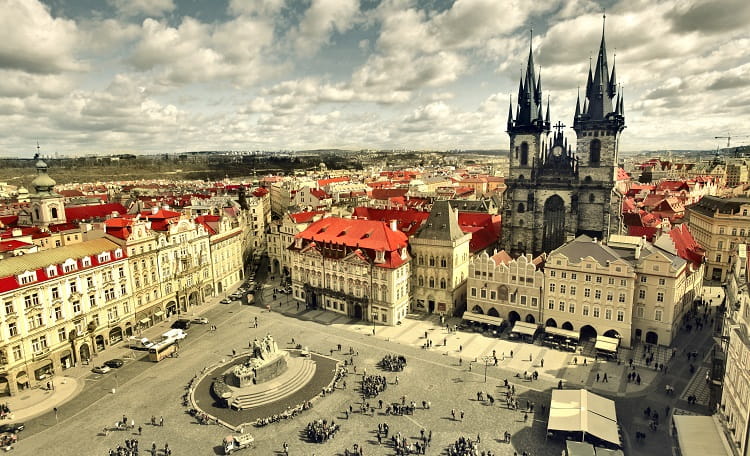Cushman & Wakefield’s latest report CEE Investment Market Update reveals a significant recovery in Central Europe’s commercial real estate market during the first half of 2024. Investment volumes surged by 43.4% year-over-year, driven primarily by robust activity in Poland, which saw a remarkable 113% increase.
The logistics and industrial sectors led the recovery, reflecting strong demand and resilience. The ongoing evolution of supply chains and a stabilizing e-commerce environment have bolstered these sectors. Retail also performed well, benefiting from a resurgence in consumer confidence and strategic acquisitions in prime locations. However, the office sector remains under pressure, not only from the persistent shift towards remote work but increasingly due to challenges related to ESG compliance and the risk of obsolescence for older or poorly located properties, which make up a significant portion of the market.
Graph 1: Individual sectors’ share on the region’s investment volume

Stabilization of prime yields across the region indicates a market approaching equilibrium, with price adjustments aligning with current conditions. This moderation in yield movements suggests that the market is finding a new balance, with investors reassessing their risk-return profiles in light of the evolving economic landscape.
Regional investors played a crucial role in the market’s recovery, accounting for a growing share of total investment volumes. This trend underscores the strategic importance of local knowledge in navigating current market conditions, especially as Western capital remains cautious amidst global economic uncertainties. The increased activity from local investors highlights their confidence in the region’s long-term potential and their ability to adapt to changing market dynamics.
Michal Soták, Head of Capital Markets Czech Republic, Cushman & Wakefield: “In the Czech Republic, the scarcity of global capital has elevated local funds and local funding platforms to pivotal roles, dynamically reshaping the market landscape.”
Czech Republic driven by industrial and retail sectors
In the Czech Republic, investment volumes increased by 19% year-over-year in H1 2024 to 862 million eur, driven largely by the industrial and retail sectors. The office sector, while stable, continues to face challenges due to evolving workplace dynamics.

Source: Cushman & Wakefield
Michal Soták, Head of Capital Markets Czech Republic, Cushman & Wakefield: “The focus on investment sectors is undergoing a significant shift. Historically, office investments accounted for 60% of the transaction volume. However, core capital is now venturing into new territories, such as retail parks and residential-for-rent projects and portfolios.”
The Czech market remains attractive to both local and international investors, reflecting its strategic position in Central Europe.
Among the CEE countries, Poland led the recovery with a 113% increase in investment volumes, driven by strong demand in the industrial sector. Romania experienced a 132% surge, primarily in the retail sector, while Bulgaria’s investment volumes grew by 106%, largely due to the industrial sector. Conversely, Hungary’s investment market recorded a 33% year-on-year decrease, though this is largely due to a large hotel transaction that took place last year. However, investment volumes are otherwise relatively stable, and the market is primarily focused on smaller transactions in the industrial sector. Slovakia also saw a sharp 73% decrease, though the industrial sector remained a key area of focus.
Outlook
The CEE commercial real estate market is expected to continue its recovery and likely to converge to pre-Covid levels of activity in 2025. The return of international capital could further bolster the market, though local investors are likely to remain key players in the interim.

















